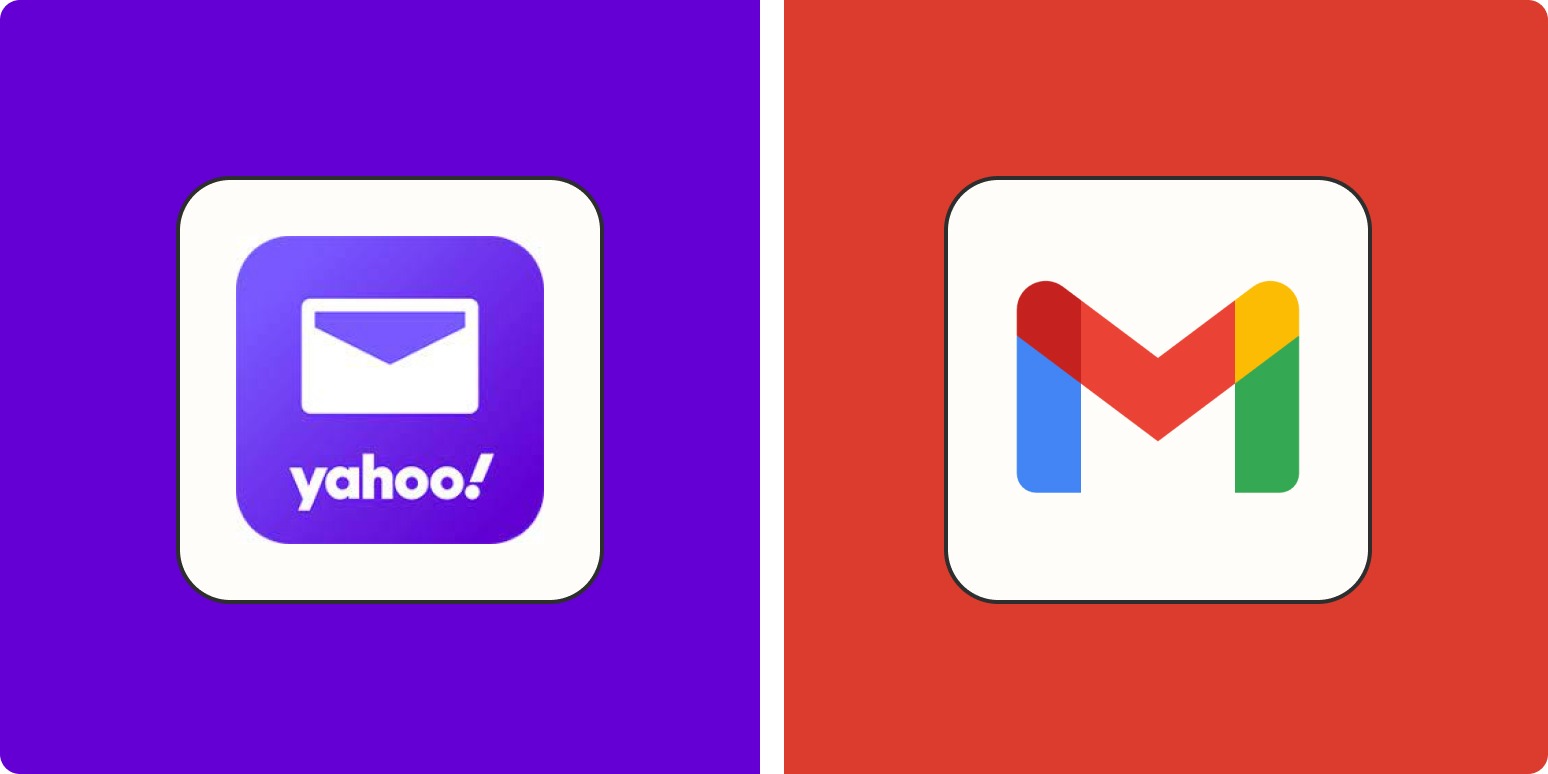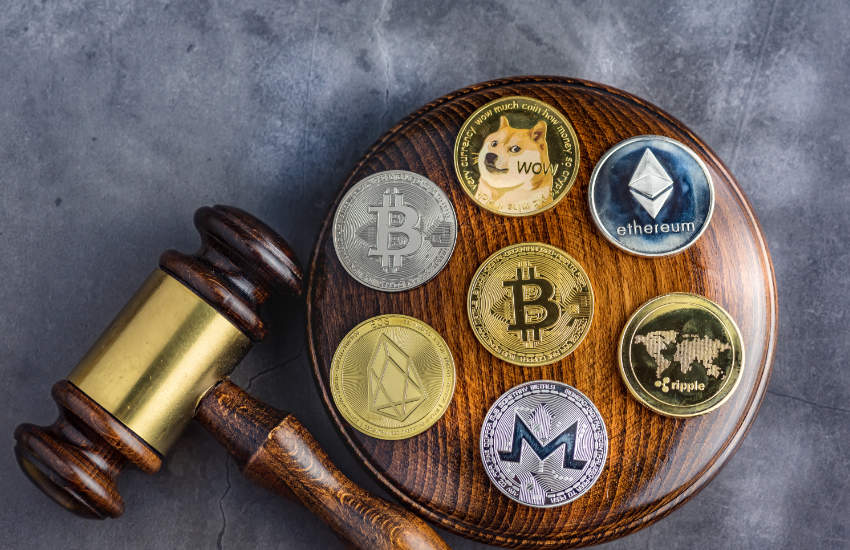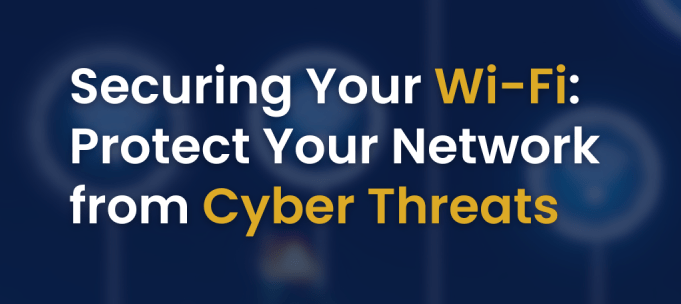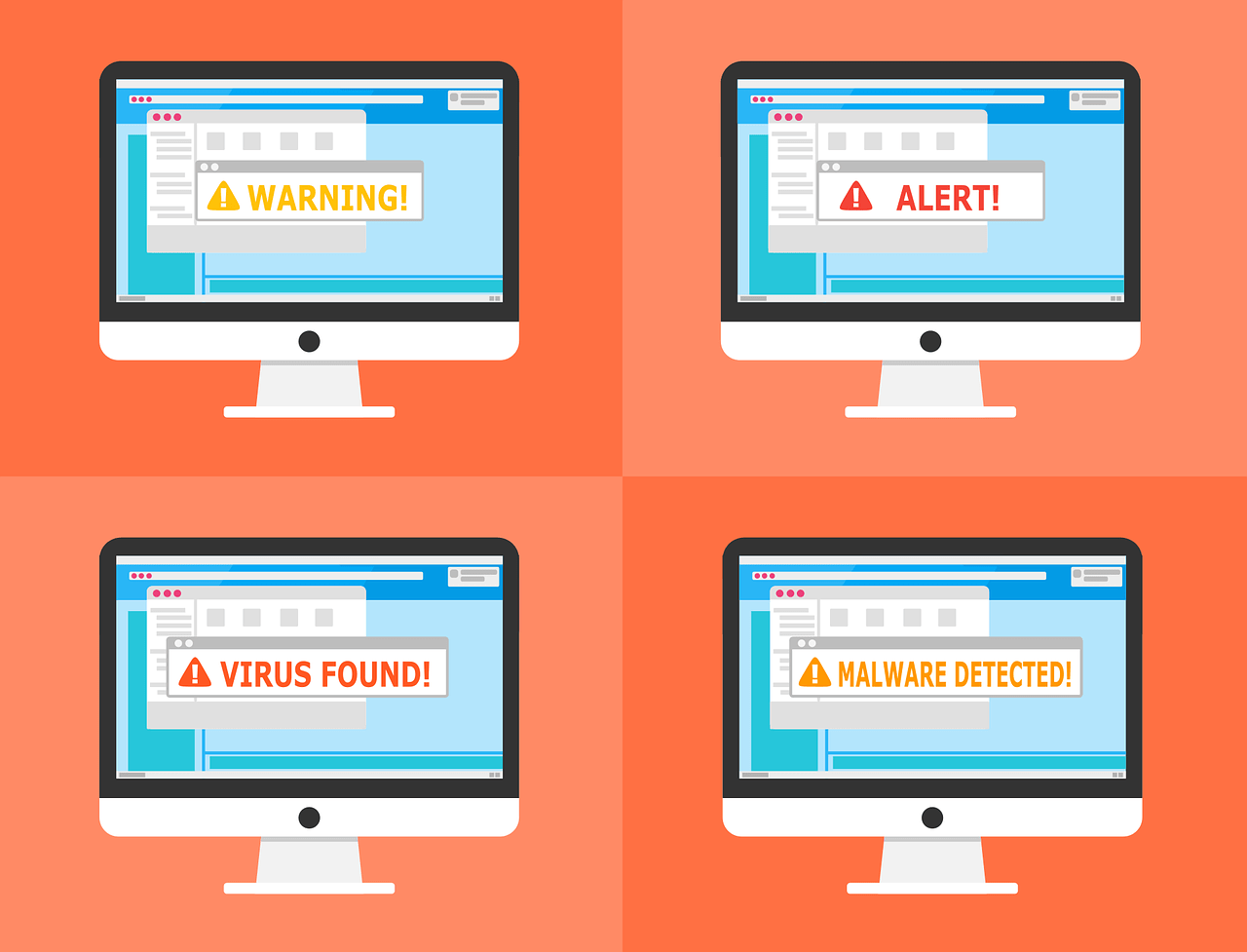Small and Medium Businesses (SMBs) often rely on free email providers like Gmail or Yahoo for communication. These services are cost-effective and convenient, but default security settings often remain unchanged. This oversight leaves businesses vulnerable to cyber threats, including phishing, account hijacking, and data breaches.
This guide will cover actionable steps to secure free business email accounts, provide an email security policy template, a checklist for securing accounts, and anti-phishing best practices.
For further details on common email security threats, visit Cybersecurity & Infrastructure Security Agency (CISA) or check Gmail’s Security Best Practices.
1. Why Email Security Matters for SMBs
Email is the gateway to sensitive business information. One compromised account can expose financial records, client data, and even internal communications. Cybercriminals often exploit weak security practices in SMBs because they know resources are limited.
Key Risks:
- Phishing attacks
- Weak or reused passwords
- Unsecured devices accessing email
- Lack of two-factor authentication (2FA)
- Unmonitored email activity
- Unauthorized third-party app integrations
- Insider threats (e.g., disgruntled employees)
Real-Life Example:
In 2022, a small accounting firm suffered a ransomware attack after an employee clicked on a phishing email titled “Urgent Invoice Attached.” The email appeared to come from a trusted supplier but contained a malicious attachment. When the attachment was opened, ransomware was installed, locking access to financial records. The attackers demanded a ransom in cryptocurrency. The business was forced to halt operations for a week, causing significant financial loss and reputational damage.
A simple combination of two-factor authentication (2FA) and routine phishing awareness training could have prevented this costly incident.
Another case involved a marketing agency where an employee accidentally shared their login credentials via a fake login portal. Attackers accessed confidential client data and sent fraudulent invoices to customers. This breach could have been prevented with stricter password policies and multi-factor authentication.
2. Email Security Policy Template
Use the following template as a baseline for your SMB email security policy.
Email Security Policy
Purpose: Ensure the security and confidentiality of company email accounts.
Scope: Applies to all employees, contractors, and third parties using company email accounts.
Policy:
- Strong Passwords: All email accounts must use unique, complex passwords.
- Enable 2FA: Two-Factor Authentication is mandatory.
- Device Security: Devices accessing company email must have up-to-date antivirus software.
- Phishing Awareness: Employees must undergo annual anti-phishing training.
- Account Audits: Perform quarterly reviews of account activity.
- Access Control: Revoke access immediately for former employees.
- Restricted Third-Party Apps: Only approved third-party integrations are allowed.
- Email Encryption: Sensitive emails must be encrypted.
- Incident Reporting: Employees must report suspicious emails immediately.
Violations: Non-compliance may result in restricted access or disciplinary action.
3. Checklist for Securing Free Email Accounts
General Account Security:
1. Use a Strong, Unique Password Every email account should have a password that is long, unique, and complex. Avoid using personal information such as birthdays, names, or easy-to-guess sequences like ‘123456’. Use a password manager to generate and store complex passwords securely.
2. Enable Two-Factor Authentication (2FA) 2FA adds an extra layer of protection by requiring a second form of verification, usually a code sent to your phone. Even if someone steals your password, they’ll still need your device to access your account.
3. Turn On Suspicious Activity Notifications Enable notifications for any unusual activity, such as logins from unknown devices or locations. These alerts give you an early warning to secure your account.
4. Regularly Review Account Login History Check your account login history for unauthorized access. Both Gmail and Yahoo allow users to see recent activity, including location and device details.
5. Use a Password Manager Password managers securely store and autofill passwords, reducing the risk of weak or reused passwords. They also make it easier to use unique passwords for every account.
6. Avoid Password Sharing Never share your email password with colleagues, even if it seems convenient. Use delegation features or shared inbox tools if multiple people need access.
7. Disable ‘Stay Signed In’ on Public Computers Always sign out after using public or shared computers. Avoid selecting ‘Stay Signed In’ on unfamiliar devices.
Securing your SMB’s email accounts isn’t exactly the most glamorous task on your to-do list. You’re not going to win Employee of the Month for enabling two-factor authentication, and no one’s throwing a party because you set up phishing awareness training. But let’s face it—this stuff matters.
Every compromised email account is a doorway into your business. Think of your inbox like a vault. You wouldn’t leave the vault door propped open with a sticky note saying, “Password: Admin123.” So don’t do the digital equivalent.
The good news? You don’t need to break the bank or hire a Hollywood-style cybersecurity expert to lock things down. By using strong passwords, enabling two-factor authentication, and keeping an eye out for suspicious activity, you’re already ahead of most SMBs.
Remember, cybersecurity isn’t a one-time job—it’s an ongoing habit. Bookmark this guide, revisit it every quarter, and make email security a routine part of your operations.
Now go forth, secure those inboxes, and maybe—just maybe—take five minutes to pat yourself on the back. You’ve earned it.
Stay safe, stay secure!
Martin Baker
Martin Baker, Managing Editor at Decoded.cc, harnesses a decade of digital publishing expertise to craft engaging content around technology, data, and culture. He leads cross-functional teams, enforces editorial excellence, and transforms complex ideas into accessible narratives—fueling Decoded.cc’s growth and impact.








Leave a Reply